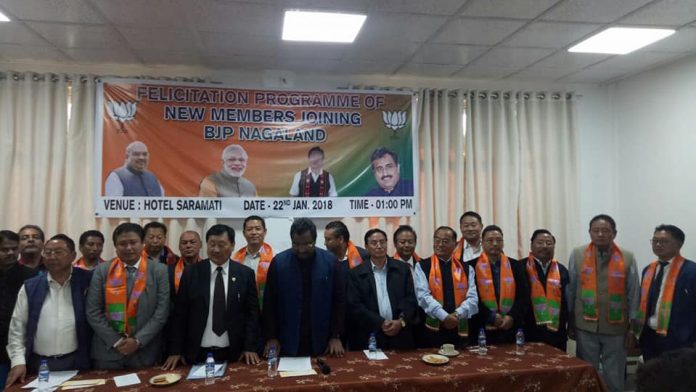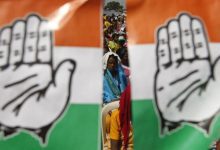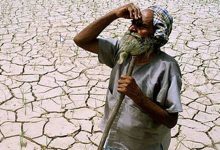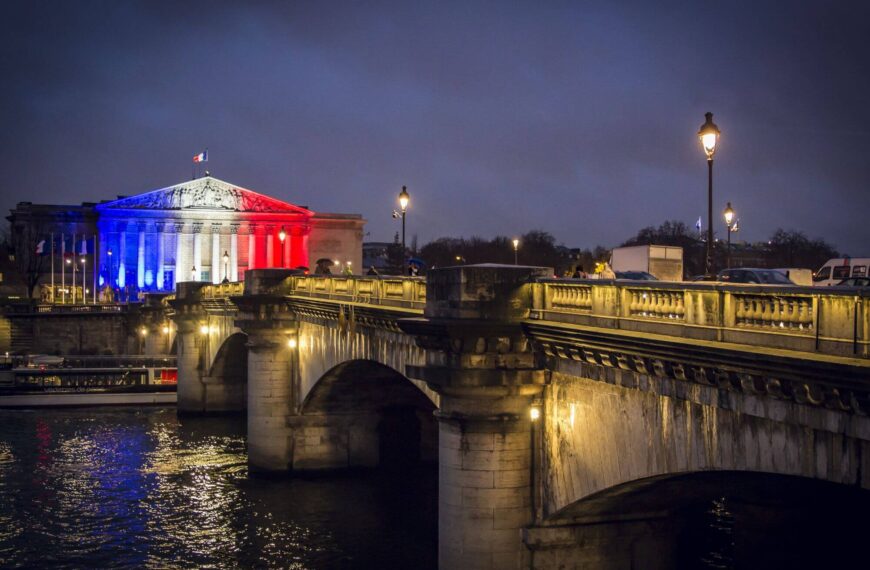On January 29, eleven political parties of the state decided to boycott the elections, demanding an early solution to the Naga political problem. The BJP, which can by no stretch of imagination be called a ‘Naga’ party was also a signatory to the joint statement, much to the chagrin of the party’s central leadership because the boycott was actually to protest the centre’s feet dragging on the issue. Here’s a report, for Different Truths.
An unexpected political development in Nagaland has made the holding of state Assembly elections on February 27 uncertain. On January 29, eleven political parties of the state decided to boycott the elections, demanding an early solution to the Naga political problem. The BJP, which can by no stretch of imagination be called a ‘Naga’ party was also a signatory to the joint statement, much to the chagrin of the party’s central leadership because the boycott was actually to protest the centre’s feet dragging on the issue. The joint statement stated that “the opportunity for a peaceful resolution of the Naga political issue has never been this favourable, as the political negotiations are in an advanced stage and we can’t afford to distract the focus from the (peace) process at any cost.” The BJP is the ruling party at the centre and its state unit was joining a boycott call given by other parties!
The next few days saw hectic political activities. The BJP severed its ties with the ruling NPF, with which it was sharing power for many years. It entered into an alliance with the newly-formed Nagaland Progressive Democratic Party. The new alliance announced that the NDPP would contest 40 seats and the BJP the remaining 20. Neiphiu Rio, a sitting MP and former chief minister, who was chairman of the NPF, resigned from the party following differences with chief minister T. R. Zeliang. It was known that he was gravitating toward the BJP. Then came the formal launch of the NDPP, with Neiphiu Rio as chairman. It was clear that whatever happened was according to a plan with the knowledge and consent of the BJP.
The present crisis has its origin in the signing of a “Naga Framework Agreement” between the Prime Minister and the leaders of the NSCN(IM) in August 2015. The details of the agreement have never been put in the public domain; nor was the exact commitment, if any, made by the prime minister to the NSCN(IM) leaders. After signing the agreement, the prime minister, in the course of his speech, had commented that “the nation will join you in shaping a future of dignity, opportunity, and prosperity for the Naga people. Today, as you begin a new glorious chapter with a sense of pride, self-confidence, and self-respect, I join the nation in saluting you and conveying our good wishes to the Naga people.”
The prime minister’s cryptic comment that the Nagas were beginning “a new glorious chapter” gave rise to doubts and apprehensions in Manipur, Assam and Arunachal Pradesh. The prevalent public belief is – a belief neither confirmed nor contradicted by either the Centre or the NSCN(IM) – that the separatists who had carried on decades of armed insurgency to create a sovereign Nagaland outside India have since realised that a sovereign Naga country was not possible and a settlement has to be found within the framework of the Indian Constitution. They are now demanding a ‘Nagalim’ or a greater Naga state, which will comprise, besides the present Nagaland state, the Naga-dominated contiguous areas of Manipur, Assam and Arunachal Pradesh. But the people of these three states are determined not to cede any territory to the proposed Nagalim.
The irreconcilable position that the Nagas will not settle for anything less than Nagalim and the other states concerned will not cede any part of their territory has virtually created a deadlock. That the details of the Framework Agreement have never been made public and remain shrouded in a mystery has created a piquant situation. No tangible progress in the final resolution of the Naga issue is known to have been made since the singing of the agreement nearly two and a half years ago. This time the Naga parties seem determined to thrash out the issue before elections are held. The call is “solution before the election” – a solution that has to be made public.
Now that the BJP has floated another party (NDPP) with one of its trusted friends (Neiphiu Rio) as its leader and unilaterally declared seat-sharing by the two parties, it remains to be seen whether they will be the only contestants in the field, with other parties firm in their boycott decision, or whether holding of polls will be possible at all. It is a tricky situation for the Centre and the BJP. The core committee of Nagaland Tribal Ho Hos and Civil Organisations (CCNTHCO) has already sent a terse message to the centre. The message is: “The course of our agitation depends on how the government of India reacts to the call of the Naga NGOs for the solution of the issue and not the election. The convener of the CCNTHCO Theja Therie has made their position clear: “It is up to the government of India to take a final call on the election and the Nagas are hoping for the best.” The ball is now in the centre’s court.
Barun Das Gupta
©IPA Service
Photos from the Internet
#NagalandPoll #Uncertainity #BJP #Nagas #NagaFrameworkAgreement #NagalandProgressiveDemocraticParty #IPA #DifferentTruths





 By
By

